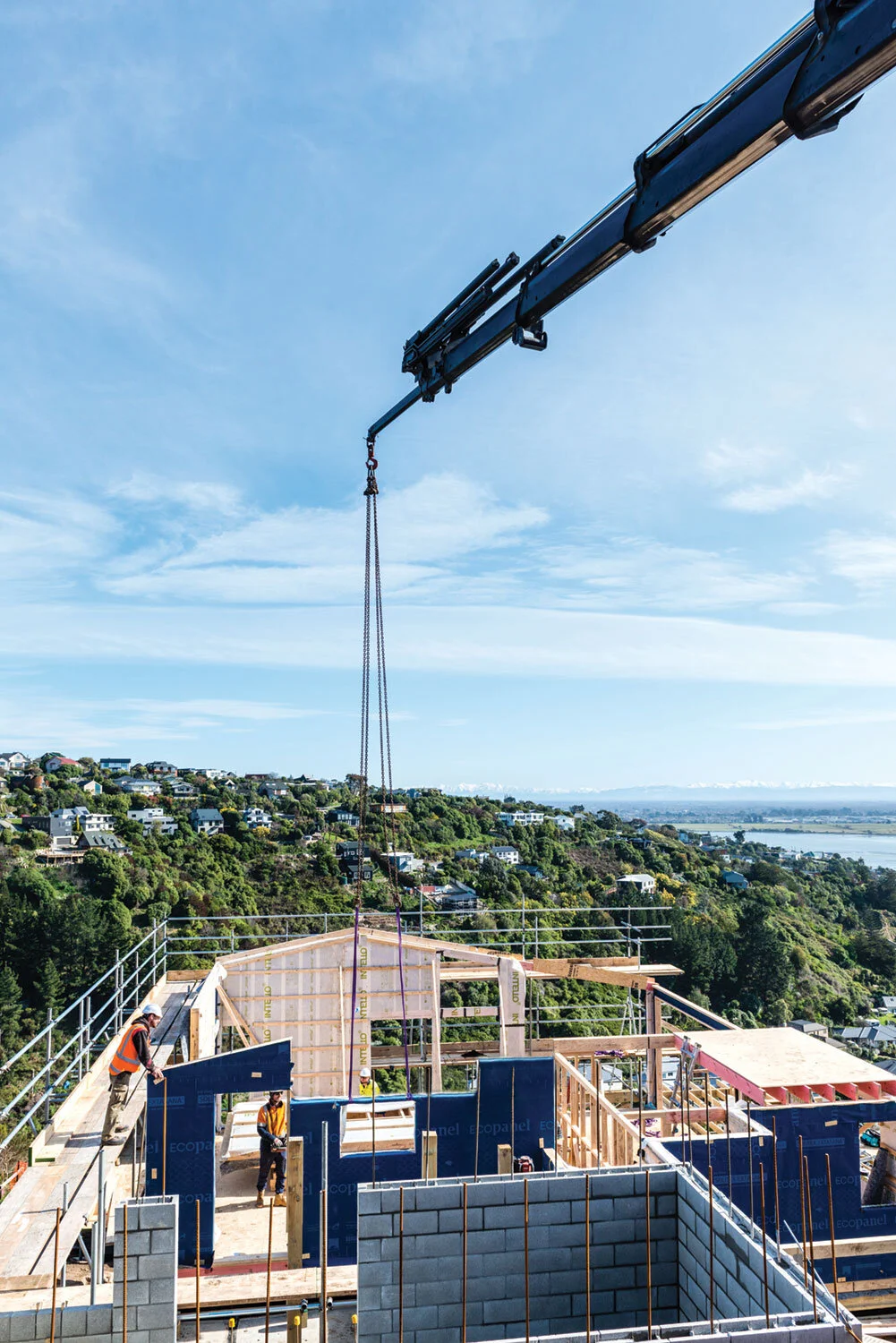Building better
Each home is purpose-built to protect its inhabitants from the external environment, but what if your home is harmful to your health? Katheren Leitner, Chief Executive of Asthma New Zealand, spoke with abode about the need for healthier homes in Aotearoa.
“New Zealand has one of the highest rates of asthma in the world,” says Katheren. “The abundance of nature is said to be one reason, with 60 per cent of asthma triggered by allergies. Another and most concerning cause and trigger for asthma in New Zealand is the state of our housing.”
“Aotearoa New Zealand is recognised as having some of the poorest housing in the OECD nations. People are arriving here from overseas having never experienced asthma before their first New Zealand winter,” says Katheren.
It’s a common misconception that asthma is something you’re born with. Katheren says, “You can develop symptoms at any age. Adults living in cold, damp and mouldy housing are developing asthma. Sadly, we have one of the highest rates of asthma deaths in the world. A child in a cold, damp, mouldy home is three times more likely to be hospitalised than a child living in a healthy home.”
There are things we can do to make our existing homes healthier. “Where there is moisture, there is mould, so any way of controlling or managing excess moisture is key,” says Katheren, who notes that heating is one of the most effective ways of reducing moisture. And therein lies a worsening problem - fuel poverty.
According to the Ministry of Social Development, keeping your home at a temperature of 18 – 21 degrees is optimal for your health. A minimum of 18 degrees prevents condensation from forming and mould from growing. “Warm air can hold more moisture; when it cools down the moisture condenses, we see this on many windows throughout winter. We can see it on bathroom mirrors and ceilings at any time of the year if there is insufficient ventilation,” says Katheren.
Insulation is one of the important components in making a home healthier. This has been recognised by the Ministry of Business Innovation and Employment (MBIE) with the recent H1 changes in the New Zealand Building Code. All new homes must now comply with a higher minimum standard of insulation to improve the overall health and energy efficiency of New Zealand homes.
While insulating walls, ceilings and floors is important, according to the MBIE, between 35 and 50 per cent of heat loss in our homes is through windows alone.
An increase in insulation does make homes healthier. However, without a ventilation system, homes can still have a build-up of moisture which leads to mould. “People are phoning us complaining about mould in these well-insulated houses wondering why,” says Katheren, “Put a wind proof jacket on and go for a run, regardless of how cold it is outside, you will sweat inside if there is no airflow”.
“Our building code is about 30 years behind Europe even with these latest changes. There are still no energy or safety ratings for our homes,” she says. “You can’t improve just one element of a home; insulation, ventilation and heating must be considered in unison”.
The recent H1 changes are just the first step from the MBIE towards building healthier homes in New Zealand. The MBIE vision in its Building for Climate Change programme aims to have New Zealand’s new buildings using as little energy as possible by 2035.
For those wanting to build to a healthier standard now, The New Zealand Green Building Council (NZGBC) has set up the Homestar rating tool.
According to the NZGBC, a 6 Homestar-rated home will be easier to keep warm and healthy, more cost-effective to run, and more environmentally friendly than a home built to the current standards set by the New Zealand Building Code. A 10 Homestar rating rewards a market-leading home.
“When we were filming the series, Healthy Homes A Kiwi Dream, we noticed an increase in awareness of higher-performing homes, particularly in the South Island. Consumers down there seemed to be more aware of Homestar 6, 7 and 8 with some brilliant examples of 10’s, it was encouraging to hear,” says Katheren. “We need to take more of a collective responsibility to build better homes, and ensure we are leaving assets rather than liabilities for future generations in Aotearoa New Zealand.”
For more information about making your home healthier, watch the Healthy Homes A Kiwi Dream series on the Asthma New Zealand website.
09 623 0236 | asthma.org.nz








